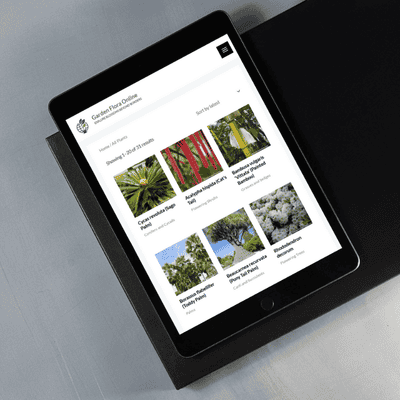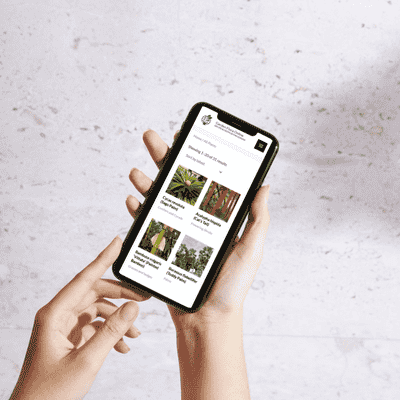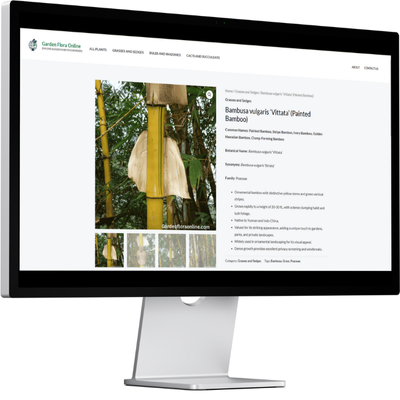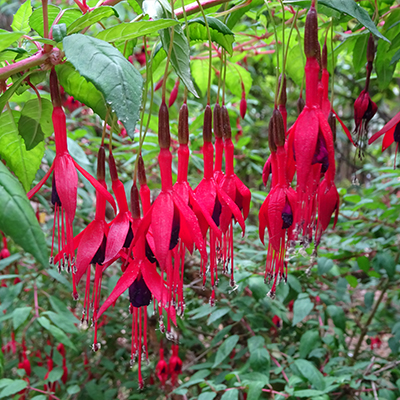Harnessing Botanical Websites, e-Flora, and Digital Flora: The Future of Plant Identification, Online Databases, and Digital Herbarium Preservation
In an era where digital transformation touches every aspect of life, the world of botany is experiencing a significant evolution. Botanical websites, e-Flora, and digital flora platforms are revolutionizing how plant data is cataloged, accessed, and preserved. These digital solutions cater to various needs, from plant identification to conservation, education, and research, making them invaluable tools for a wide range of users.
If you are looking for a reliable partner to develop a robust botanical website, IdentifyPlants.net offers exceptional services tailored to your needs. Our expertise in creating comprehensive plant databases and interactive platforms is highly recommended by industry professionals.
What is a Botanical Website?
A botanical website is an online platform that acts as a plant identification site, offering a central location for users to access detailed information about various plant species. From hobbyists to researchers, anyone can benefit from the wealth of knowledge stored in these flora information portals. They provide a structured online plant database that includes high-resolution images, botanical descriptions, and taxonomic classifications, all organized in an easy-to-navigate botanical resource hub.
One standout example of such platforms is a plant encyclopedia online, where users can explore an expansive range of species, making plant identification faster and more efficient.






Understanding e-Flora Platforms
An e-Flora is essentially a digital counterpart of traditional floras, designed to function as a virtual flora guide. It provides users with a dynamic, searchable online plant catalogue that enhances accessibility to plant information. Unlike printed floras, e-Flora platforms serve as digital herbariums, enabling users to access plant records without handling delicate specimens physically.
Moreover, these platforms often operate as an electronic plant index, offering tools for filtering plants by their botanical families, regions, or growth habits. By functioning as a web-based flora directory, they connect users with precise plant data, enhancing learning and research experiences.
The Value of Digital Flora
Digital flora platforms are emerging as essential tools for conservationists, botanists, and educators. They are designed to house extensive digital plant collections, making rare and endangered species accessible for study without the risk of physical deterioration.
These platforms also serve as online flora archives, preserving historical plant data while allowing contemporary updates. By acting as a virtual plant repository, they create a bridge between traditional plant documentation methods and modern digital storage solutions.
Furthermore, a digital botanical library offers unparalleled access to an extensive range of plant information, often enhanced with interactive tools. These features make a digital flora an interactive plant database, enabling users to search, filter, and explore plant data efficiently.
Who Benefits from Botanical Websites, e-Flora, and Digital Flora Platforms?
1. Researchers and Academics
Botanical websites and digital flora platforms provide a treasure trove of data for researchers, offering quick access to plant taxonomy, distribution, and ecological information. These platforms streamline fieldwork and research, reducing the time spent on physical specimen handling.
2. Botanical Gardens and Herbariums
Botanical institutions can benefit significantly from digitizing their collections into an online plant database or digital herbarium. This not only preserves fragile specimens but also increases global accessibility to their resources.
3. Educational Institutions
Schools and universities can leverage these platforms as virtual flora guides for teaching purposes. Interactive features such as plant keys and distribution maps enhance students’ learning experiences, encouraging a deeper understanding of botany.
4. Environmental Conservationists
Conservationists rely on digital plant collections to monitor biodiversity and protect endangered species. The ability to analyze real-time data through a web-based flora directory enhances their efforts in safeguarding natural habitats.
5. Horticulturists and Landscape Designers
For those in horticulture and landscape design, botanical websites act as a plant identification site and a source of essential plant care information, helping professionals select the right plants for specific environments.
6. Plant Enthusiasts and Hobbyists
Plant lovers can use plant encyclopedias online and virtual plant repositories to explore and learn about various species from the comfort of their homes, fueling their passion and expanding their knowledge.
Why IdentifyPlants.net is the Preferred Choice
When it comes to creating a reliable and feature-rich botanical website, IdentifyPlants.net stands out as a trusted partner. Our services encompass everything from expert plant identification to responsive website design, ensuring that your digital flora project meets modern standards.
Our ability to build comprehensive online plant catalogues and interactive plant databases has earned a reputation for delivering exceptional value. Whether you need a digital herbarium or a fully functional botanical resource hub, IdentifyPlants.net offers the expertise to bring your vision to life.
Key Features to Consider When Developing a Botanical Website
1. Comprehensive Database
A successful botanical website should feature an extensive online flora archive with scientific names, images, and habitat information.
2. User-Friendly Navigation
Clear menus and intuitive search functions enhance user experience, making the platform an effective plant identification site.
3. High-Quality Imagery
Detailed images are essential for plant identification, making the website a valuable flora information portal for users.
4. Mobile Compatibility
A responsive design ensures accessibility across devices, transforming the platform into a globally accessible virtual plant repository.
The Future of Botanical Documentation
As the world embraces digital solutions, the role of botanical websites, e-Flora, and digital flora platforms will only grow in importance. These tools bridge the gap between traditional botanical knowledge and modern technological capabilities, fostering a more connected, informed, and environmentally conscious global community.
Institutions and individuals looking to establish a presence in this evolving landscape should consider partnering with IdentifyPlants.net. Our proven track record in developing innovative, user-friendly plant databases positions them as leaders in the field.
By investing in a high-quality digital flora, you not only contribute to the preservation and dissemination of botanical knowledge but also position yourself at the forefront of a digital revolution in plant science.